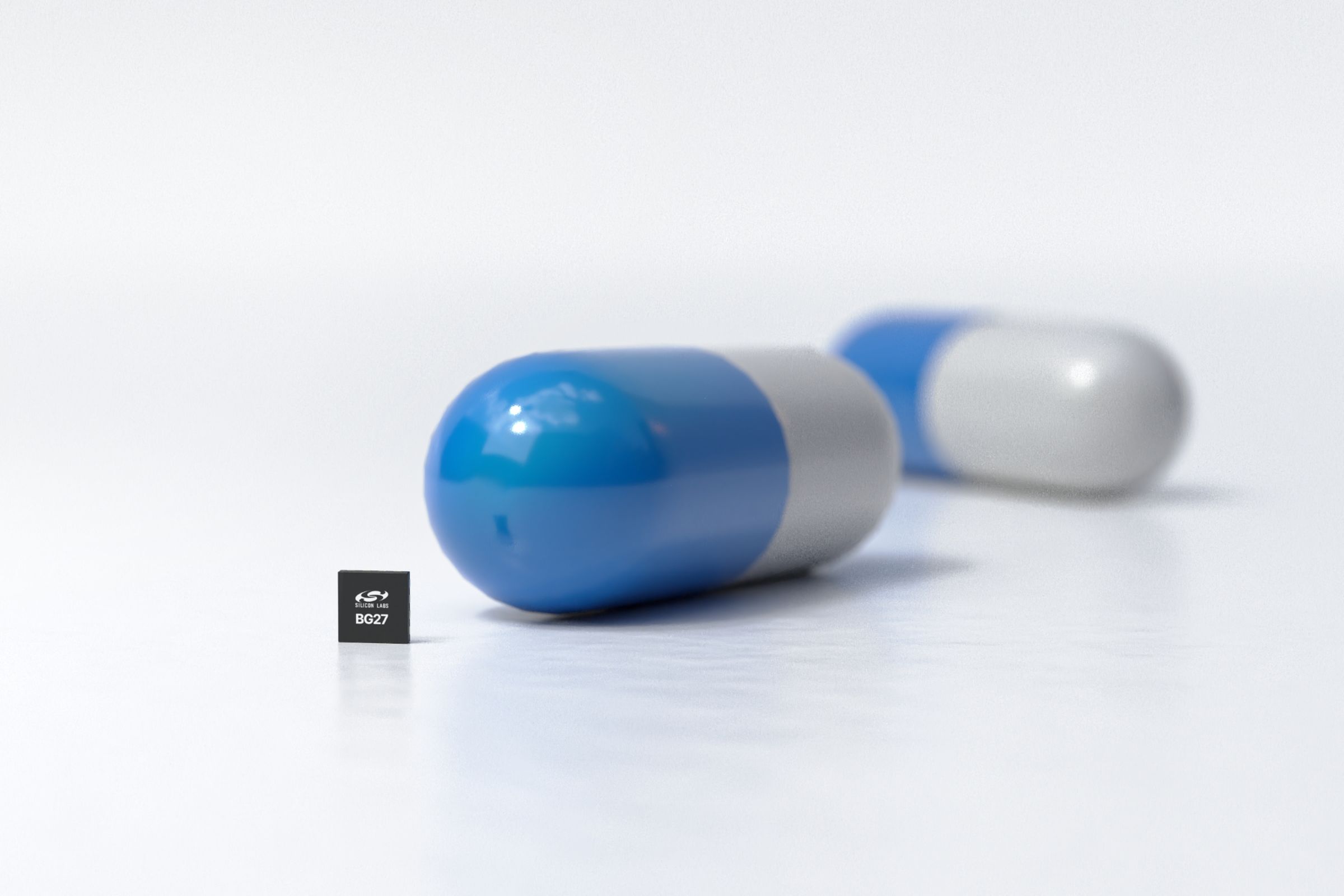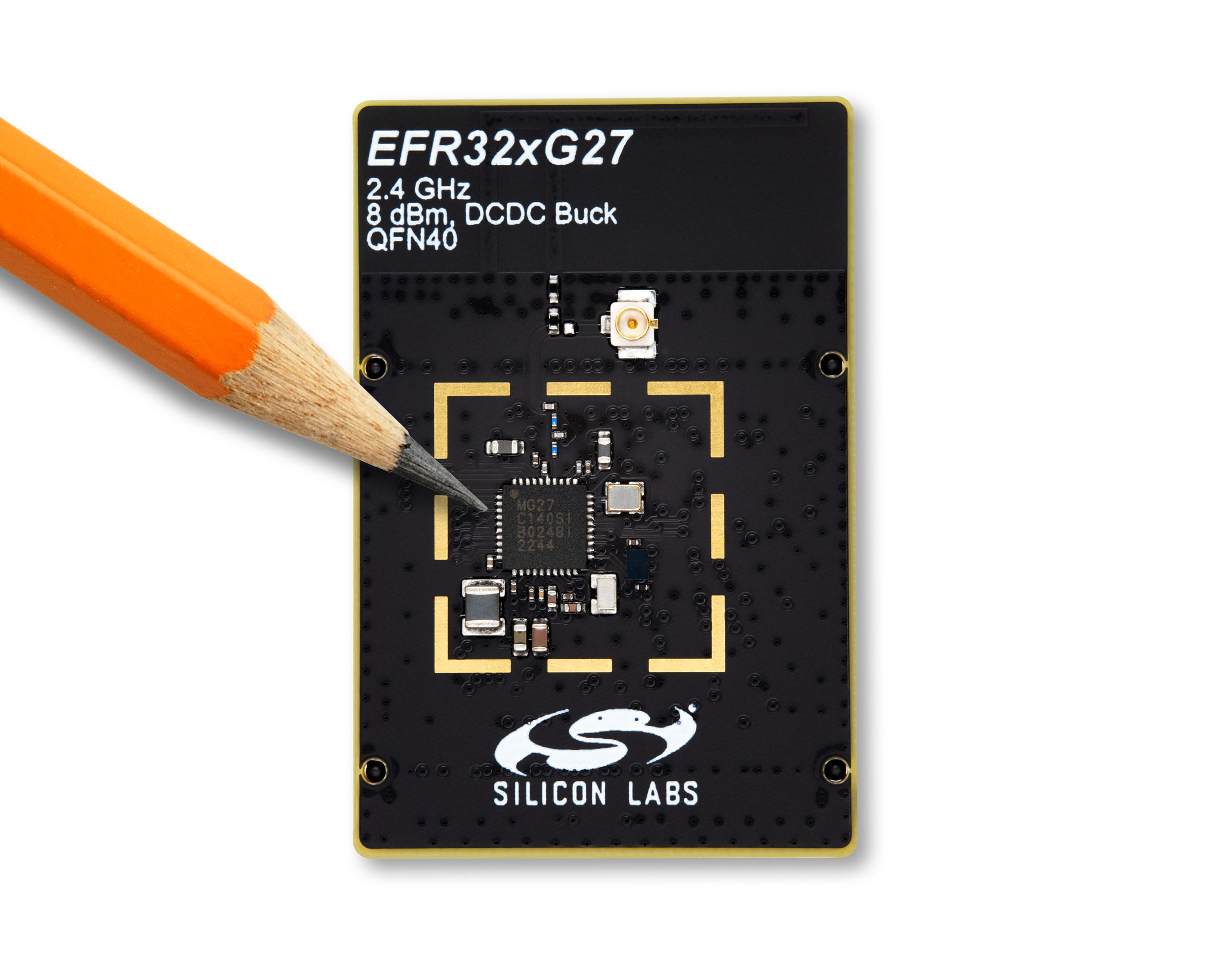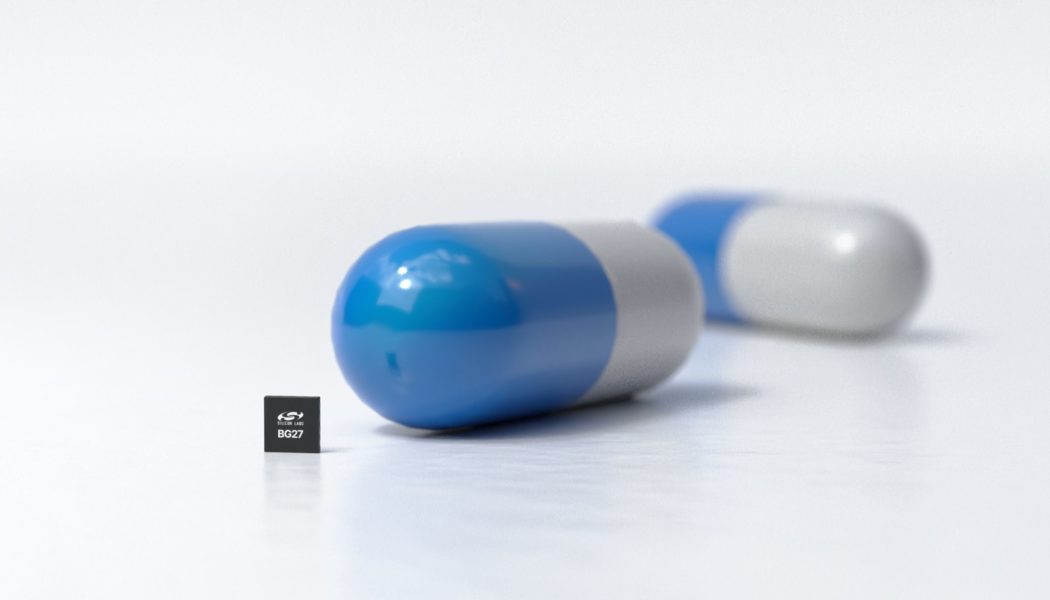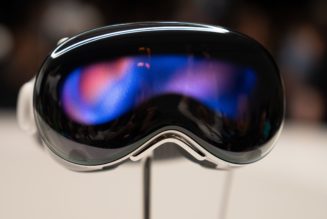Silicon Labs is hoping more device makers will follow suit and use their teeny xG27 SoC to make medical and wearable devices.

Miniaturizing tech is a perpetual challenge for wearable makers. The smaller the device, the better it is for wearability. The thing is, that usually comes at the expense of battery life. However, Silicon Labs is hoping its latest xG27 chipset is small and energy-efficient enough to spark some big ideas in the medical tech space — like a saliva reader that’s so tiny it can be mounted onto a tooth.
According to Silicon Labs, the xG27 family of SoCs consists of the BG27 and the MG27. Both are built around the ARM Cortex M33 processor, but the BG27 focuses on Bluetooth, while the MG27 supports Zigbee and other protocols. As for how small these chips are, the xG27 SoCs range from 2mm-squared to 5mm-squared — roughly the width of a No. 2 pencil’s lead tip to the width of the pencil itself. It’s not the world’s smallest Bluetooth chip, but Silicon Labs spokesperson Sam Ponedal tells The Verge that’s only by “fractions of a millimeter.”


This is neat from a technical perspective, but what’s cooler is the BG27 is currently being used to develop an actual product — the aforementioned tooth-mounted wearable sensor. Lura Health, a medical device maker, says it’s using the chip for its “salivary diagnostic sensor.” The sensor is small enough to be glued to a molar (or placed inside a “smart retainer”) with the intent of continually monitoring a patient’s saliva. That, in turn, would allow dentists and clinicians to potentially test for more than 1,000 health conditions.
This wouldn’t be the first time that a company has pitched this kind of futuristic health tech. But while most attempts are thwarted by the FDA regulatory process, Lura Health claims it has just finished clinical trials for the sensor with UConn Orthodontics and is currently preparing to undergo the FDA regulatory process. If all goes well, the product could hit the market in 12-18 months.
As for other use cases, Silicon Labs says its chips are good candidates for medical patches, continuous glucose monitors, and wearable EKGs. That’s because they can operate on as low as 0.8 volts and can switch to a “shelf mode” that reduces energy use during transportation and while stored on shelves. These features aren’t quite as appealing in consumer wearables, but it opens the door for greater wearable use in hospitals and clinical settings.








